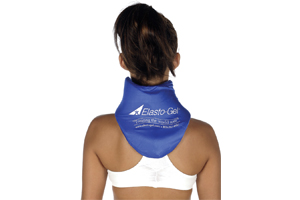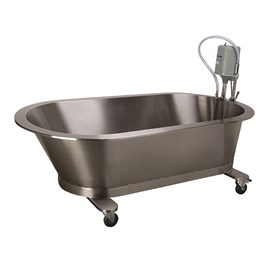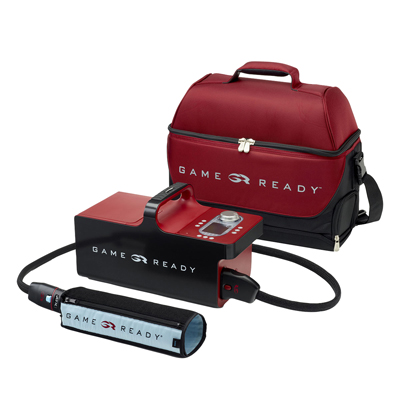 24th Aug 2015
24th Aug 2015
5 Cryotherapy Modalities in Physical Therapy
Cold therapy is among the oldest healing modalities in physical therapy. Thermal modalities are perhaps the most
 widely used and readily available of all treatment options for
the rehabilitation professional. Cold
therapy has many applications and the coolest (forgive the pun) part about cold
therapy is it can be used on people of all ages, activity levels and stage of
injury.
widely used and readily available of all treatment options for
the rehabilitation professional. Cold
therapy has many applications and the coolest (forgive the pun) part about cold
therapy is it can be used on people of all ages, activity levels and stage of
injury.
Cold therapy modalities can be used to reduce pain and swelling in addition to improving range of motion. Advancements in cold therapy have created many new cryo-modalities; meaning there are many options beyond ice packs. Let’s look at some of the cryotherapy modalities and their application in physical therapy.
Top 5 Cold Therapy Options
- “Ice it”: “Ice it” is one of the most commonly heard phrases for people after they have suffered an injury and the good old ice pack is the easiest way to apply it. Ice is used to reduce pain and swelling associated with minor injury. Research has found that cold leads to pain relief by altering the nerve conductors, inhibiting nociceptors, reducing spasm, enzyme levels and inflammation. Ice water immersion would be appropriate after an ankle sprain, because it will immediately decrease the pain and swelling.
- Whirlpool therapy: Cold whirlpool therapy gets rapid results by rapid cooling and subsequent systemic vasoconstriction. Sitting in a whirlpool bath has been found to relax muscles, reduce pain and condition the body without the added stress on the body’s joints. Whirlpool therapy can be useful for not only for injuries, but also chronic pain conditions.
- Cold Compression Units: Cold compression units use air pressure which wraps the body for better surface contact, allowing the system to pull heat away from the injury site more efficiently and enhancing the effects of cold therapy. Additionally, the active pneumatic compression mimics the body’s natural muscle contractions which stimulate blood flow while simultaneously carrying edema away.
- Ice massage: Ice massage is incredibly effective for treating superficial soft-tissue injuries. It is an excellent choice for tendonitis of the ankle, knee, elbow and shoulder, because it aids in decreasing the inflammation and pain. This direct, on-the-area technique creates an immediate analgesic effect while also reduces inflammation to the injured area.
- Contrast Therapy: A generally accepted dogma in rehabilitation is "heat before, ice after." It can be helpful to heat the tissue prior to muscle/joint mobilization or exercise to increase range of motion. For example, using ultrasound over the anterior capsule of the shoulder before asking a patient to perform therapeutic exercise then ending the treatment with a cold treatment to minimize pain and inflammation from working the injured area during the session.
Thermal therapies are making a come-back, because they are so effective and have widespread applications across all patient populations. Some patients will seek heat after an injury, because it feels good, but bringing more blood to the injury causes more pain. After feeling the effects of cold therapy, most patients become cold therapy converts. Cold therapy and its evolution of options is a powerful addition to most physical therapy treatment plans.
For more about Cold Compression and Cold Therapy see ProHealthcareProducts.com.







